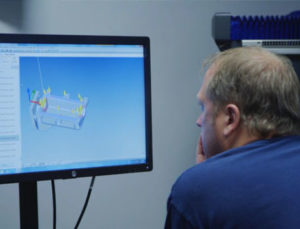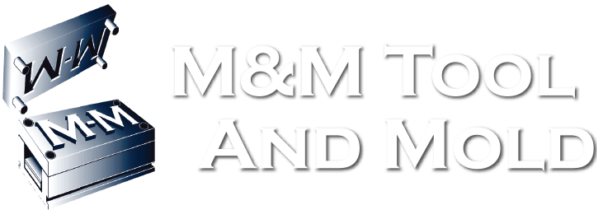At M&M Tool and Mold, our innovative and collaborative approach, cutting-edge technology, and expert craftsmanship enable us to create and deliver products that meet the unique needs of every one of our customers. Dozens of times each year, we apply those capabilities to expertly reverse engineer a tool or tool component.
Typically, our customer doesn’t have 3D CAD or even 2D drawings of a tool that needs to be duplicated, repaired, or changed. There are many reasons why those designs aren’t available:
- The mold was built overseas, and design data wasn’t provided.
- The tool is old or has been repaired or changed over time with no 3D/2D design updates.
- Recordkeeping issues – the design data has been lost.
In some cases, our customer only has the molded or stamped part and a legal right to duplicate it. We can use reverse engineering to design and build a mold to produce that part.

How do we do it?
We don’t need much from our customer to get started. While a 2D drawing is nice, we really just need the steel. Most often, we deploy general inspection equipment like a micrometer, caliper, and depth gauge. In some special cases, we will outsource for a 3D scan. In the end, though, we always use our CMM (coordinate measuring machine) to measure the new design versus the actual steel and make fine adjustments to the geometry if needed. Behind all that equipment is decades of skill, knowledge, and craftsmanship.
What’s the result?
When the reverse engineering work is completed, we have 3D CAD data that can be used for milling, electrodes, wire EDM, etc. A new mold can be built, or repairs and engineering changes to an older tool can be achieved and properly documented.
Do you have a need for reverse engineering services? Get in touch with us!
